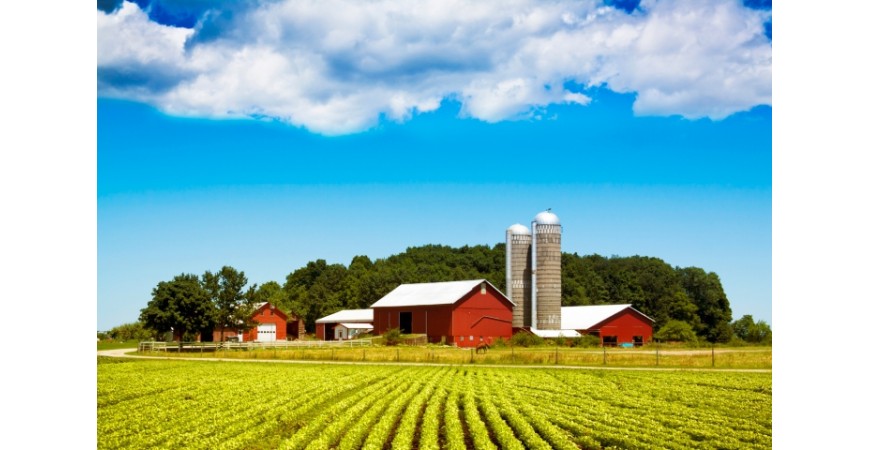Additional income for the farmers involved
Production of feedstock in combination with operation of biogas plants makes biogas technologies economically attractive for farmers and provides them with additional income. The farmers get also a new and important social function as energy providers and waste treatment operators.
Digestate is an excellent fertiliser
A biogas plant is not only a supplier of energy.The digested substrate, usually named digestate, is a valuable soil fertiliser, rich in nitrogen, phosphorus, potassium and micronutrients, which can be applied on soils with the usual equipment for application of liquid manure. Compared to raw animal manure, digestate has improved fertiliser efficiency due to higher homogeneity and nutrient availability, better C/N ratio and significantly reduced odours.
Closed nutrient cycle
From the production of feedstock to the application of digestate as fertiliser, the biogas from AD provides a closed nutrient and carbon cycle. The methane (CH4) is used for energy production and the carbon dioxide (CO2) is released to the atmosphere and re-uptaken by vegetation during photosynthesis. Some carbon compounds remain in the digestate, improving the carbon content of soils, when digestate is applied as fertiliser. Biogas production can be perfectly integrated into conventional and organic farming, where digestate replaces chemical fertilisers, produced with consumption of large amounts of fossil energy.
Flexibility to use different feedstock
Various types of feedstock can be used for the production of biogas: animal manure and slurries, crop residues, organic wastes from dairy production, food industries and agroindustries, wastewater sludge, organic fraction of municipal solid wastes, organic wastes from households and from catering business as well as energy crops. Biogas can also be collected, with special installations, from landfill sites. One main advantage of biogas production is the ability to use “wet biomass” types as feedstock, all characterised by moisture content higher than 60–70% (e.g. sewage sludge, animal slurries, flotation sludge from food processing etc.). In recent years, a number of energy crops (grains, maize, rapeseed), have been largely used as feedstock for biogas production in countries like Austria or Germany. Besides energy crops, all kinds of agricultural residues, damaged crops, unsuitable for food or resulting from unfavourable growing and weather conditions, can be used to produce biogas and fertiliser. A number of animal by-products, not suitable for human consumption, can also be processed in biogas plants


